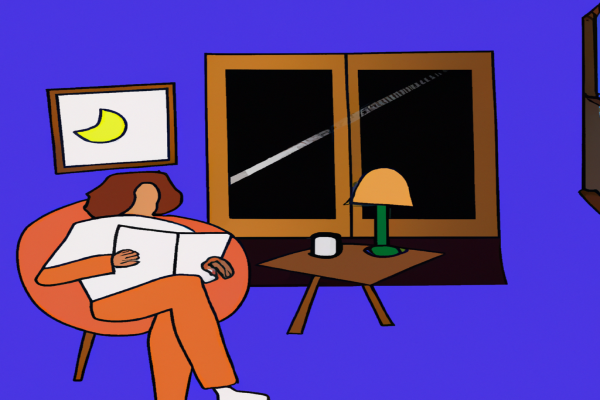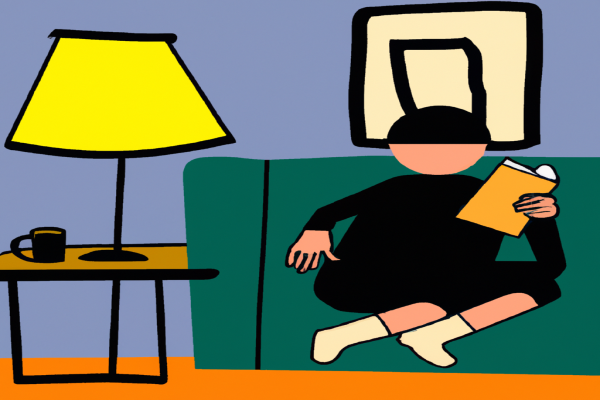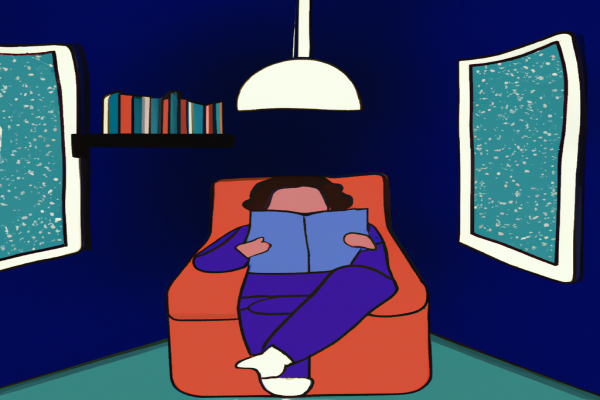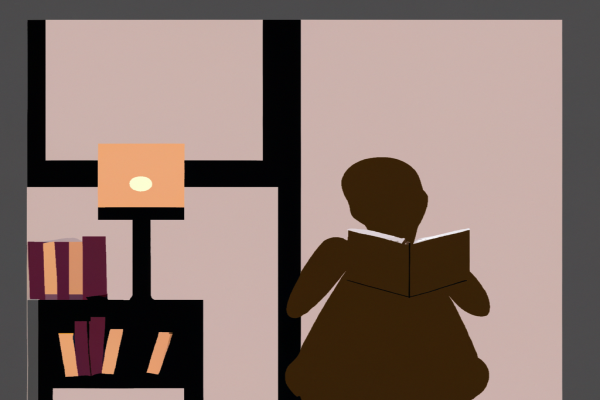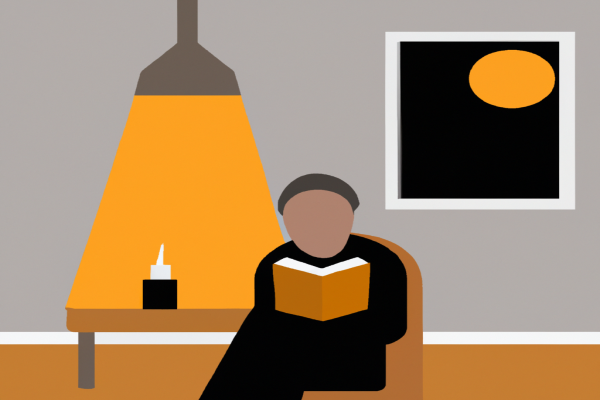Braiding Sweetgrass: Summary
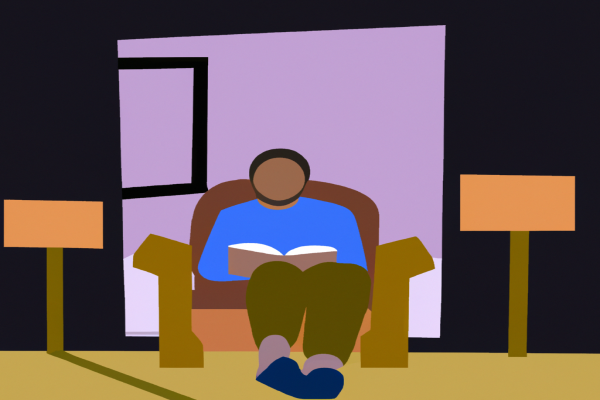
Braiding Sweetgrass is a book that looks at the relationship between humans and nature. It explores how different Indigenous cultures view the natural world, and how these views can help us to better care for our planet. Author Robin Wall Kimmerer uses stories of her own experience as a member of the Potawatomi Nation, drawing on both scientific and traditional knowledge to illustrate how we can better understand and respect nature. The book is both an exploration of Native American culture and a call to action for all of us to recognize our responsibility to be stewards of the earth.
Want to know more?
What is Braiding Sweetgrass about?
Braiding Sweetgrass is a book by Robin Wall Kimmerer that explores the connections between Indigenous knowledge and modern scientific knowledge. It discusses the importance of recognizing and honoring the reciprocal relationship between humans and nature, and how both can learn and benefit from each other. The book also looks at the ways in which traditional Indigenous knowledge can inform our understanding of ecological issues and sustainability. Additionally, it examines the importance of developing an understanding and appreciation for the land, plants, animals, and other organisms that share our world. Finally, it looks at how Indigenous people can use their knowledge to work toward protecting the environment.
Braiding Sweetgrass: Book Club Questions
- What do you think is the most important message in Braiding Sweetgrass?
- How does the story of the Three Sisters illustrate the interconnectedness of all living things?
- What impact did Robin Wall Kimmerer's upbringing have on her view of nature and the environment?
- In what ways can traditional stories and scientific knowledge be complementary?
- How did Kimmerer's experience as a scientist inform her understanding of indigenous customs?
- What is Kimmerer's definition of reciprocity, and how is it reflected in the book?
- How does Braiding Sweetgrass challenge our current relationship with the natural world?
- What role does gratitude play in fostering a healthy relationship between humans and nature?
- What strategies does the author offer for improving our stewardship of natural resources?
- Why does Kimmerer believe that we should learn from nature rather than just trying to control it?
What to say about Braiding Sweetgrass
- Braiding Sweetgrass is an incredibly moving and thought-provoking exploration of the relationship between humans and the natural world.
- Robin Wall Kimmerer's delicate prose creates a powerful connection between the reader and the Earth.
- The book is a beautiful reminder of our need to be mindful of our impact on the environment.
- The stories and ideas presented in Braiding Sweetgrass are both timeless and timely, with relevance for readers of all ages.
- Kimmerer's examination of indigenous knowledge offers valuable insight into our interconnectedness with Nature, and how we can better care for it.
- The book serves as an inspiring call to action for those who wish to respect and protect the planet we all share.
- Braiding Sweetgrass provides readers with an opportunity to explore their own values and beliefs around environmentalism in a meaningful way.
- As a scientist, Kimmerer's unique perspective adds depth to her meditations on ecology and sustainability.
- Through her poetic language, Kimmerer reveals a deep reverence for the natural world that is infectious and empowering.
- Braiding Sweetgrass is truly a powerful tribute to the beauty of the Earth, and its importance in our lives.
Top 5 Quotes from Braiding Sweetgrass
- "The world begins with a hug."
- "To be grateful is to recognize the Love of the universe in every moment, and to let joy and reverence fill our hearts in return"
- "We are all related. We are all connected. What we do to the earth, we do to ourselves."
- “Humans don’t have a monopoly on suffering. All life forms feel pain and joy, loss and renewal."
- "When we walk this path of reciprocity, it is not just the good things that come back around but also the bad—what we put out into the world comes back to us again."
Adaptations of Braiding Sweetgrass
Unfortunately, there are no known TV, film, radio, podcast or theatrical adaptations of Braiding Sweetgrass at this time. The book has only recently been released and is still gaining popularity in the public sphere. However, there have been a few short videos adapted from stories within the book that can be found online.
Other books by Robin Wall Kimmerer
- Gathering Moss: A Natural and Cultural History of Mosses
- The World is Our Witness: The Heritage of the Grand River People
- Harvesting Justice: Sustainable Agriculture, Food Sovereignty, and Indigenous Peoples
- Kimmerer on Becoming Kin: An Exploration of Foundational Relationships in Our Lives
- All Our Relations: Native Struggles for Land and Life
Did you know?
Braiding Sweetgrass is the first book of its kind to explore the interconnection between Indigenous knowledge, science, and spirit.
